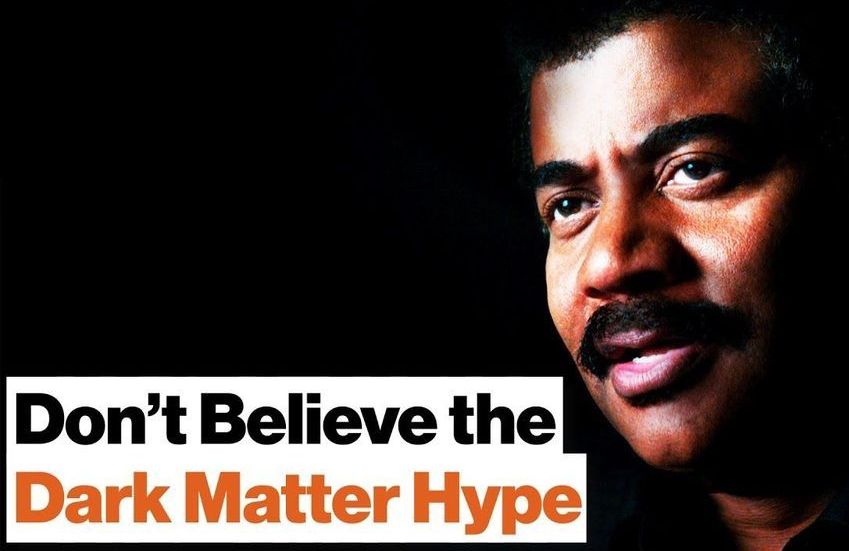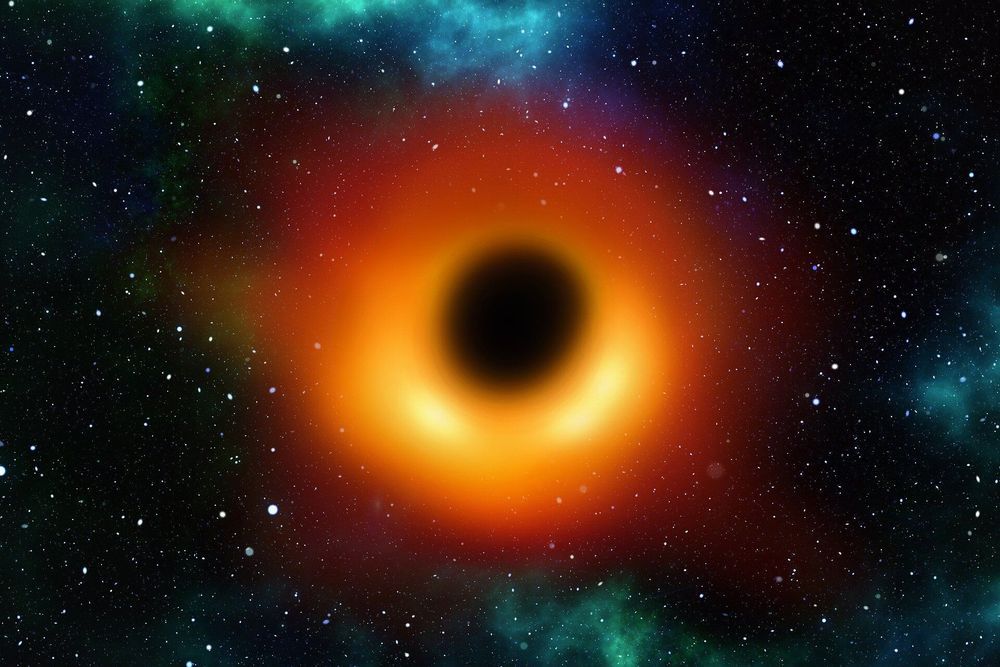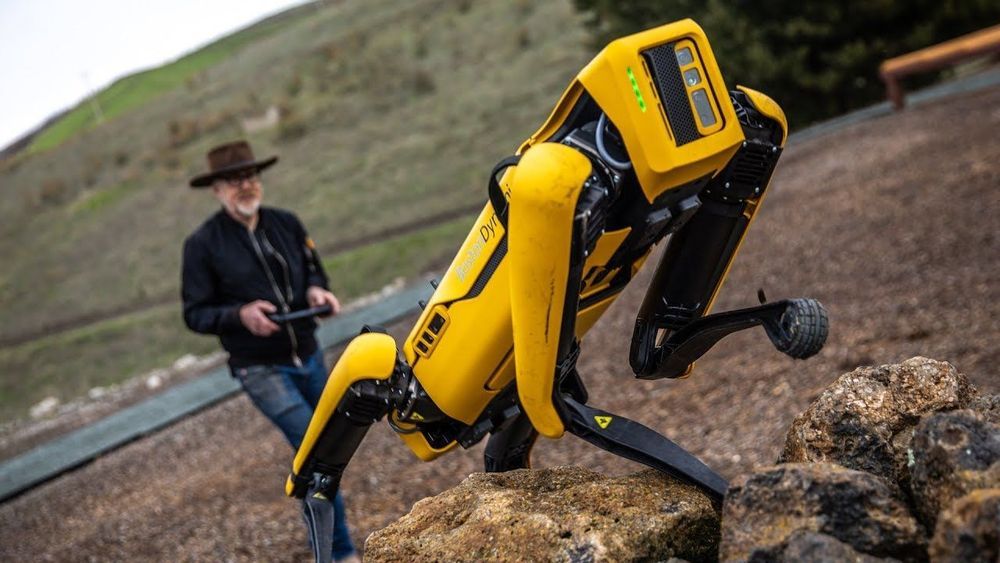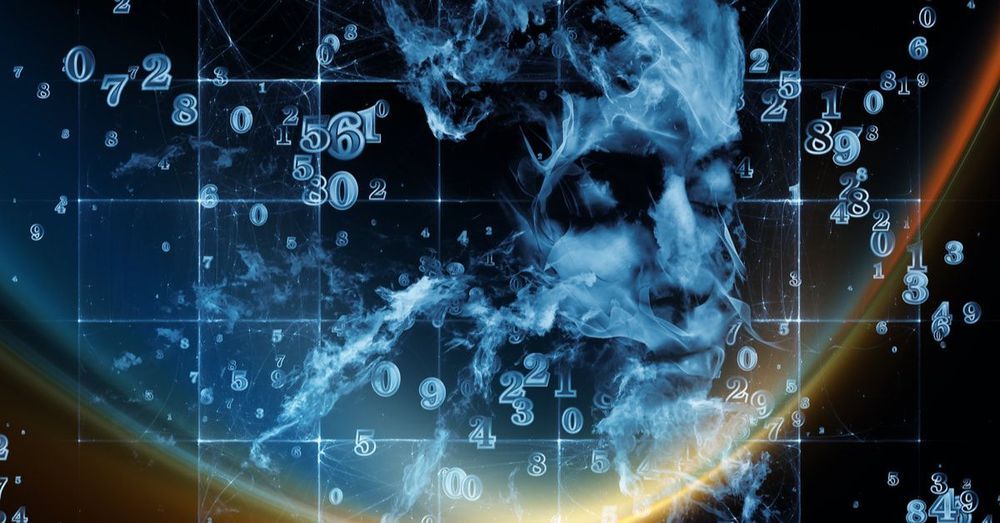New technique could be used to design a wide range of optical devices.
The partial fruit fly “connectome” contains approximately 25,000 neurons and 20 million synapses.
, also known as atomsite or Alamogordo glass,[2] is the glassy residue left on the desert floor after the plutonium-based Trinity nuclear bomb test on July 16, 1945, near Alamogordo, New Mexico. The glass is primarily composed of arkosic sand composed of quartz grains and feldspar (both microcline and smaller amount of plagioclase with small amount of calcite, hornblende and augite in a matrix of sandy clay)[3] that was melted by the atomic blast. It is usually a light green, although color can vary. It is mildly radioactive but safe to handle.[4][5][6]
In the late 1940s and early 1950s, samples were gathered and sold to mineral collectors as a novelty. Traces of the material may still be found at the Trinity Site as of 2019, although most of it was bulldozed and buried by the United States Atomic Energy Commission in 1953.[7] It is now illegal to take the remaining material from the site; however, material that was taken prior to this prohibition is still in the hands of collectors.
Echoes in gravitational wave signals suggest that the event horizon of a black hole may be more complicated than scientists currently think.
Research from the University of Waterloo reports the first tentative detection of these echoes, caused by a microscopic quantum “fuzz” that surrounds newly formed black holes.
Gravitational waves are ripples in the fabric of space-time, caused by the collision of massive, compact objects in space, such as black holes or neutron stars.
On Wednesday, he published an essay on the worldwide effort to end poverty by 2030, and he says that he’s very much a believer that it can be done.
“There is good reason for optimism about progress on reducing inequity,” he writes. He published the essay from Davos, Switzerland, where the World Economic Forum is taking place this week.
Gates points out that since the turn of the century, “Maternal deaths have almost halved; child mortality and malaria deaths have halved; extreme poverty has more than halved.” Plus, thanks to the Global Fund, a project supported by the Gates Foundation, 17 million lives have been saved from malaria, AIDS, and tuberculosis.
The founder of robot maker Boston Dynamics, Marc Raibert, is moving from CEO to chairman as the company prepares for a “new stage of growth.” The firm, well-known for its robotic creations, has been researching and developing its technology for decades, and it started leasing its first commercial robot, Spot, in 2019.
Evolutionary cyberneticist and digital philosopher Alex M. Vikoulov, author of The Syntellect Hypothesis, is interviewed by Agah Bahari, host and producer of NeoHuman podcast.
On this recent podcast, Alex Vikoulov, author of The Syntellect Hypothesis, is interviewed by NeoHuman podcaster Agah Bahari. Topics include evolutionary cybernetics, computational physics, consciousness, the simulation theory, the transcension hypothesis, the Global mind, AGI, VR, AR, psychedelics, technological singularities, transhumanism, Fermi Paradox, Digital Physics, objective reality, philosophy of mind, the extended mind hypothesis, absolute idealism, physics of time, the Omega Point cosmology, mind-uploading, synthetic telepathy, and more.
Watch a short intro here ↴.
Machines, especially through the power of AI, will surpass humans in Intelligence, effectiveness, and functionality.
Though there are some areas where humans will hold the dominance; mostly areas that require feeling and emotion.
But overall, machines will have capabilities that far surpass even the most Intelligent of humans.
TDS interviews AI visionary on her cutting-edge research at Google Brain, how Deep Reinforcement Learning works, and more.









